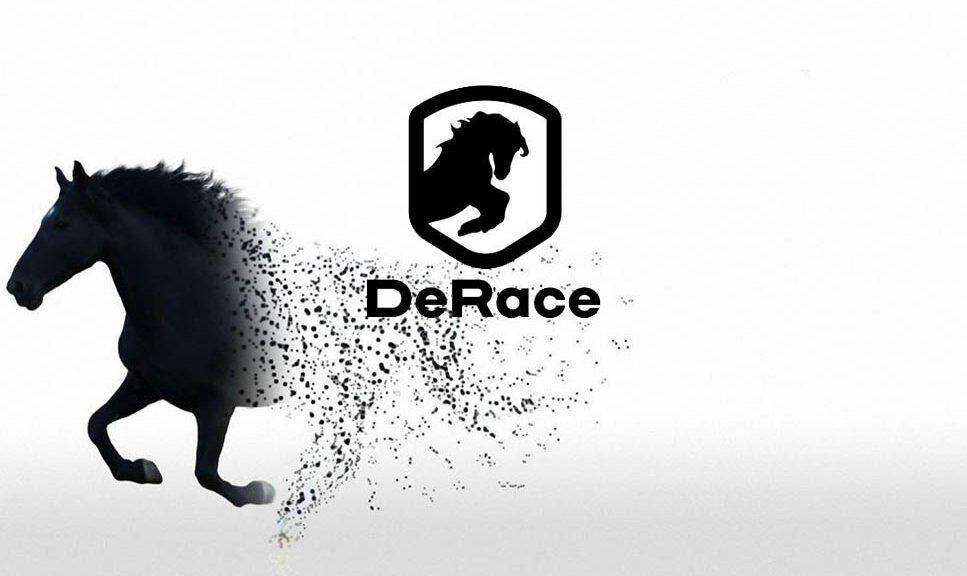Solana is a layer 1 blockchain that offers an open framework for developing scalable cryptocurrency applications. Its architecture is built to be fast, secure, and resistant to censorship, aiming to support global adoption.
Essential information for their token is available on the MEXC Digital asset introduction page. Furthermore, we are listing (SOL/USDT – Trade it here) on the Innovation Zone! Check it out now!

What Exactly is Solana (SOL)?
Solana is powerful for developers and powerful for the masses. It is very popular for its fast and efficient blockchain platform. Since its launch in 2017, Solana has risen to become one of the top cryptocurrencies globally. With smart contract capabilities, the Solana blockchain enables developers to create decentralized apps (dApps). Furthermore, its rapid growth has positioned it as a strong competitor to other major programmable blockchains like Ethereum (ETH) and Cardano (ADA).
The History of Solana
Solana was created by Solana Labs. It was founded in San Francisco in 2017 by a team of software engineers led by Anatoly Yakovenko. Yakovenko, along with several team members, previously worked at Qualcomm, a Fortune 500 company providing semiconductors, software, and wireless technology for mobile phones. Anatoly Yakovenko’s background in distributed systems design at Qualcomm highlighted the importance of a reliable clock for network synchronization. He realized that a synchronized network would be significantly faster, limited only by its bandwidth.
Yakovenko proposed using Proof of History (PoH) to drastically increase blockchain speed compared to those without clocks, like Bitcoin and Ethereum, which struggle to exceed 15 transactions per second (TPS). In contrast, centralized payment systems like Visa can handle up to 65,000 TPS. PoH allows every node in the Solana network to rely on the recorded passage of time, overcoming this limitation.
What Makes Solana Special?
Solana stands out for its lightning-fast and low-cost transactions. It’s capable of handling up to 65,000 transactions per second, with an average transaction cost of just $0.00025. This impressive performance is achieved through Solana’s use of Proof of History (PoH), a unique algorithm for validating transactions. While most blockchains use either Proof of Work or Proof of Stake, Solana employs a hybrid protocol that combines Proof of Stake with Proof of History for even faster processing.
As an open-source blockchain, Solana offers developers a wide range of possibilities. Here are a few examples of what can be built within the Solana ecosystem:
- Minting, Selling, and Trading NFTs: Solana provides a platform for creating and exchanging non-fungible tokens.
- Developing DeFi Platforms: Developers can create decentralized finance applications, including crypto exchanges.
- Building Blockchain Games: Solana supports the development of Web3 games and collaborates with major companies like FTX, Lightspeed, and Forte.
One of Solana’s most exciting innovations is Solana Pay, a free payment framework that enables merchants to accept payments directly from customers using the Solana network. Transactions are conducted in stablecoins, such as USD Coin (USDC), which are designed to maintain a stable value.
How Does Solana Work?
Solana’s design incorporates advanced algorithms to eliminate performance bottlenecks typically associated with blockchain software. This results in a network that is scalable, secure, and decentralized. Its architecture theoretically supports up to 710,000 transactions per second (TPS) on a standard gigabit network and up to 28.4 million TPS on a 40 gigabit network.
Furthermore, Solana’s blockchain utilizes a combination of Proof of History (PoH) and Proof of Stake (PoS) consensus models. PoS allows validators to verify transactions based on the amount of coins or tokens they hold. Meanwhile, PoH enables rapid timestamping and verification of these transactions, ensuring high-speed processing and maintaining the integrity of the blockchain ledger.
Understanding The Idea of Proof of History (POH)
In November 2017, Anatoly Yakovenko introduced the Proof of History (PoH) concept in a white paper. PoH allows a blockchain to reach consensus by verifying the passage of time between events and encoding this into the ledger.
Yakovenko noted that existing blockchains at the time did not utilize a unified time system. Each node in these networks operated based on its local clock, unaware of the other participants’ clocks. This absence of a trusted, standardized time source meant that when a message timestamp was used to accept or reject a message, there was no assurance that all network participants would make the same decision.
PoH addresses this issue by providing a reliable way to keep time across the network, ensuring consistent and synchronized decision-making.
The Competition Between Solana and Ethereum
Solana’s main competitor is Ethereum, often referred to as an “Ethereum killer.” Given the popularity of both blockchains, potential investors frequently compare the two.
When Ethereum first launched, it used the proof-of-work (PoW) consensus mechanism to validate transactions. While PoW was widely used at the time, it is not energy-efficient. Ethereum is currently transitioning to proof of stake (PoS), which Solana already uses along with its proof-of-history (PoH) algorithm.
This difference leads to a significant variation in transaction processing capabilities. Solana regularly processes thousands of transactions per second and can theoretically handle up to 65,000 TPS. In contrast, Ethereum can manage about 30 TPS, although its ongoing upgrades aim to boost this capacity to 100,000 TPS. Ethereum has also been around longer and maintains a larger user base compared to Solana. Nevertheless, Solana’s popularity continues to grow along with its user base.
SOL Token – The Native Cryptocurrency of Solana
The SOL token is the native cryptocurrency of the Solana blockchain, serving as the primary means for value transfer and incentivization within the network.
Functions of SOL Tokens
Transaction Fees: Users pay transaction fees in SOL to execute transactions and interact with smart contracts on the Solana blockchain. These fees help secure the network by compensating validators for processing transactions.
Staking: SOL token holders can stake their tokens to secure the network and participate in the consensus mechanism. By staking SOL, users assist in validating transactions, maintaining network integrity, and earning rewards in the form of additional SOL tokens.
Governance: SOL token holders have voting rights in the Solana network governance process. This allows them to propose and vote on protocol upgrades, parameter changes, and other important decisions affecting the network’s operation and development.
Use Cases of the SOL Token
Decentralized Finance (DeFi): SOL tokens are widely used in various DeFi applications on the Solana blockchain, including decentralized exchanges (DEXs), lending protocols, and yield farming platforms. Users leverage SOL tokens to provide liquidity, borrow assets, and earn yields through DeFi activities.
NFTs and Digital Assets: SOL tokens are used as a medium of exchange for buying, selling, and trading non-fungible tokens (NFTs) and digital assets on Solana-powered marketplaces. Artists, creators, and collectors use SOL tokens to transact with digital art, collectibles, and other tokenized assets on the network.
SOL tokens also incentivize validators, developers, and users to contribute to the Solana ecosystem by providing liquidity, building applications, and maintaining network security.
Where to buy SOL Token
You can find SOL Tokens here at MEXC! We are listing SOL/USDT in our Innovation Zone! Furthermore, you can receive 100% spot trading fee discounts while holding MX tokens. Get yours now!
What is the Price of SOL Tokens?
The SOL Token is currently trading at MEXC with a live price of $134.1. You can check the live price of their token right here!
How to buy SOL Tokens on MEXC
You can buy SOL Tokens on MEXC by following the steps:
- Log in to your MEXC account. Click on [Spot].
- Search “SOL” using the search bar to see the available trading pairs. Take SOL/USDT as an example.
- Scroll down and go to the [Spot] box. Enter the amount of SOL you want to buy. You can choose from opening a Limit order, a Market order, or a Stop-limit order. Take Market order as an example. Click [Buy SOL] to confirm your order. You will find the purchased SOL in your Spot Wallet.
You can find a detailed guide on how to buy SOL Tokens here.
Get Free Airdrops with MEXC Launchpad!
Did you know MEXC gives out 50+ free airdrops weekly? Launchpad and Kickstarter events ensure that all our loyal MX token HODLers receive a ton of new tokens! Learn all about it at our MX Zone now!
Meanwhile, check out all of the listings in the Innovation and Assessment zones as well as the major tokens in the Main Zone – we have more amazing projects to come! Visit the Hot Trending section as well to uncover more featured popular tokens. Lastly, feel free to visit MEXC Academy to learn more about cryptocurrency!
Join MEXC and Start Trading Today!



